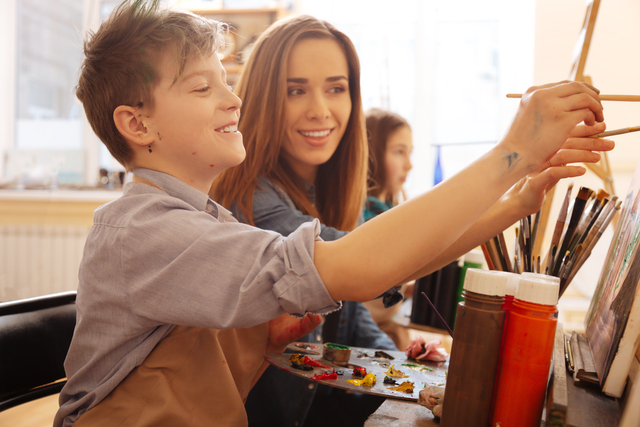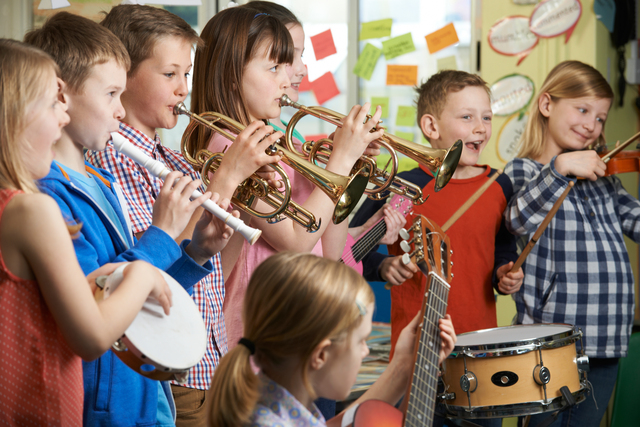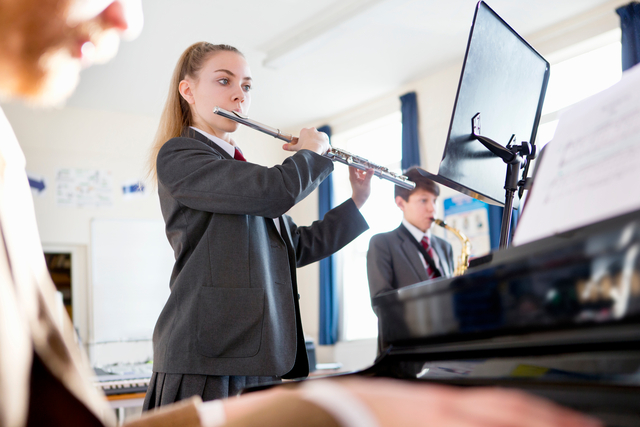
In the quest to provide a holistic education that prepares students for the challenges of the future, there is a growing recognition of the importance of integrating arts into the academic curriculum.
While traditional academic subjects are undoubtedly crucial, fostering creativity and artistic expression is equally essential. Here we explore the benefits of developing an arts curriculum alongside academic studies, the impact on students’ cognitive and emotional development, and the potential for cultivating well-rounded individuals equipped for the complexities of the modern world.
Cognitive Benefits of Arts Education:
Arts education encourages students to think critically and analyse situations from multiple perspectives. Through activities like visual arts, music, and drama, students develop the ability to interpret and evaluate information, fostering a more nuanced approach to problem-solving.
Numerous studies have shown a positive correlation between arts education and improved academic performance. Engaging in creative activities stimulates brain function, enhancing memory, attention, and overall cognitive abilities. Students involved in the arts often demonstrate higher scores in standardised tests and exhibit increased proficiency in other academic subjects.
Emotional and Social Development:
The arts provide a platform for self-expression, allowing students to convey their thoughts, emotions, and experiences in a non-verbal manner. This creative outlet can be particularly valuable for students who may struggle with verbal communication, providing them with alternative means of expressing themselves.
Participation in the arts exposes students to diverse perspectives, cultures, and experiences. This exposure fosters empathy, helping students develop a deeper understanding of others and promoting a sense of interconnectedness that extends beyond cultural and social boundaries.
Creating Well-Rounded Individuals:
By integrating arts into the academic curriculum, schools instil a lifelong appreciation for various forms of artistic expression. This appreciation goes beyond the classroom and extends into students’ personal lives, enriching their cultural experiences and contributing to a more vibrant and engaged society.
Arts education encourages interdisciplinary connections, demonstrating the interconnected nature of knowledge. Students can explore the intersections between art, science, history, and literature, fostering a more comprehensive understanding of the world and breaking down traditional academic silos.
Practical Implementation:
Collaborative efforts between arts and academic teachers can result in innovative, cross-disciplinary projects. For example, a history lesson could be enhanced through a theatrical performance or a science class enriched by incorporating visual arts to illustrate concepts.
Schools can incorporate dedicated arts courses into the curriculum, ensuring that students receive comprehensive exposure to various artistic disciplines. This may include visual arts, music, drama, dance, and creative writing, allowing students to discover and nurture their individual artistic strengths.
Addressing Challenges:
One of the challenges in developing an arts curriculum alongside academic studies is resource allocation. Schools may need to invest in art supplies, musical instruments, and qualified arts educators. However, the long-term benefits in terms of student development and academic success make this investment worthwhile.
Cultivating a culture that recognises and values the importance of arts education is crucial. This involves fostering support among educators, parents, and policymakers to ensure that the arts are not sidelined but integrated as an essential component of the overall educational experience.
By providing students with opportunities to engage in creative expression, schools contribute to the development of critical thinking skills, emotional intelligence, and a lifelong appreciation for the arts. The synergy between academic and artistic pursuits creates a more enriching educational experience, preparing students not only for academic success but also for the complexities and challenges of a rapidly evolving world. As we continue to redefine the goals of education, an integrated curriculum that values both the academic and the artistic is a powerful step towards fostering the diverse talents and capabilities of each student.







